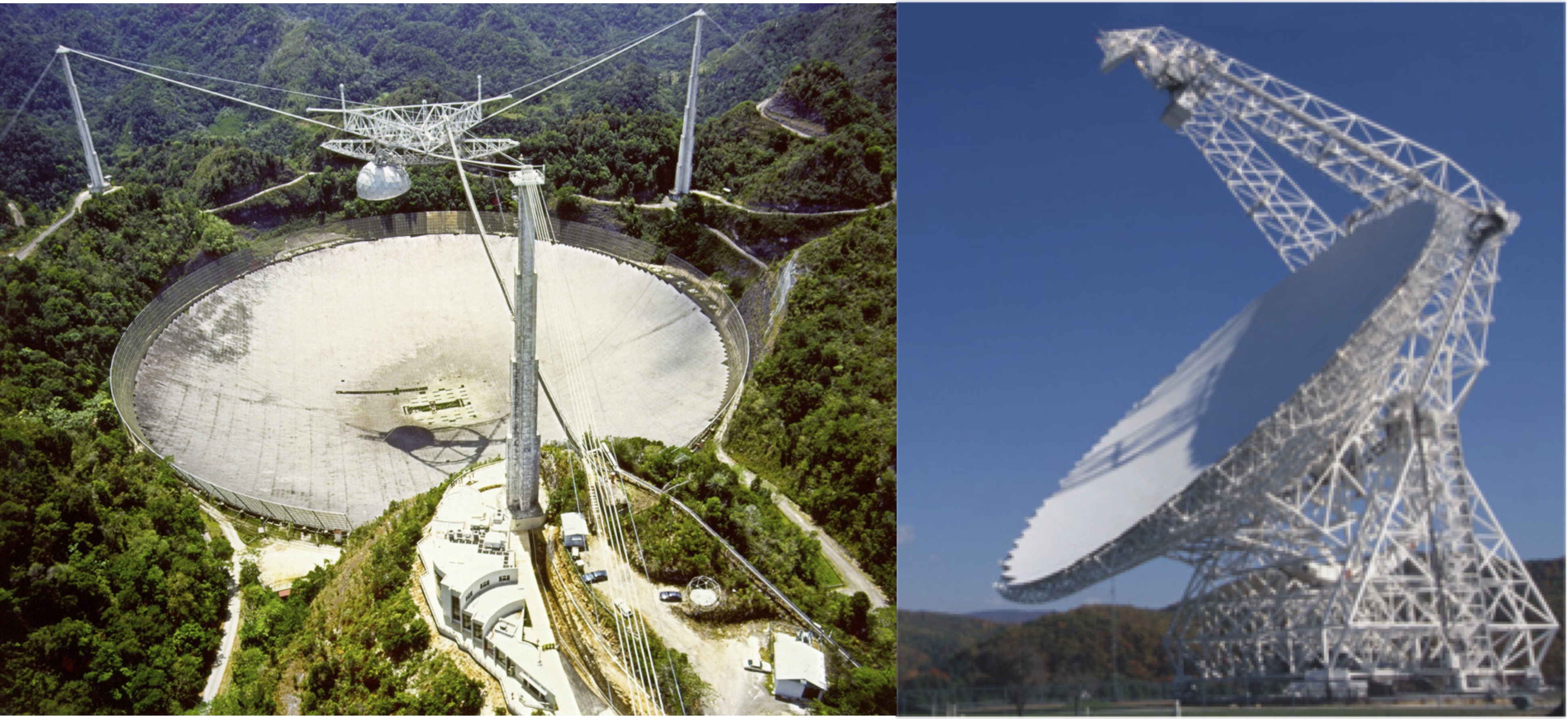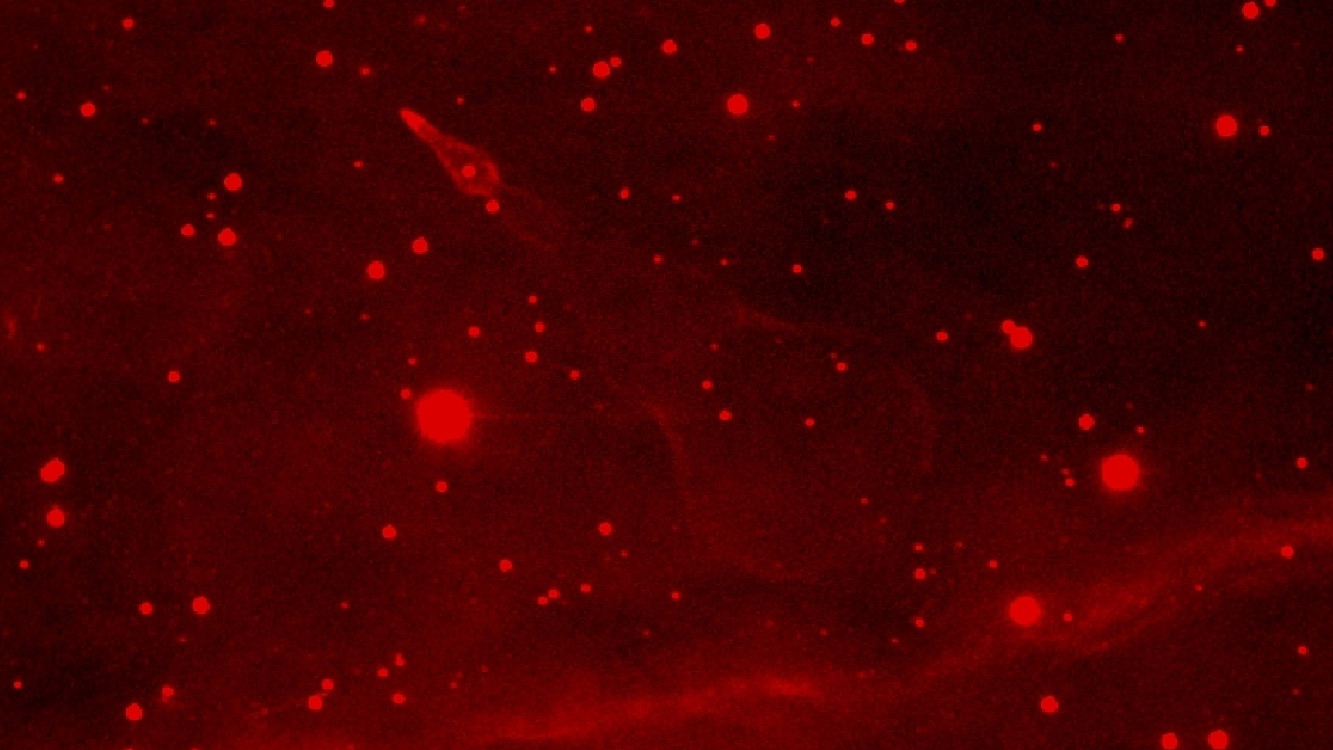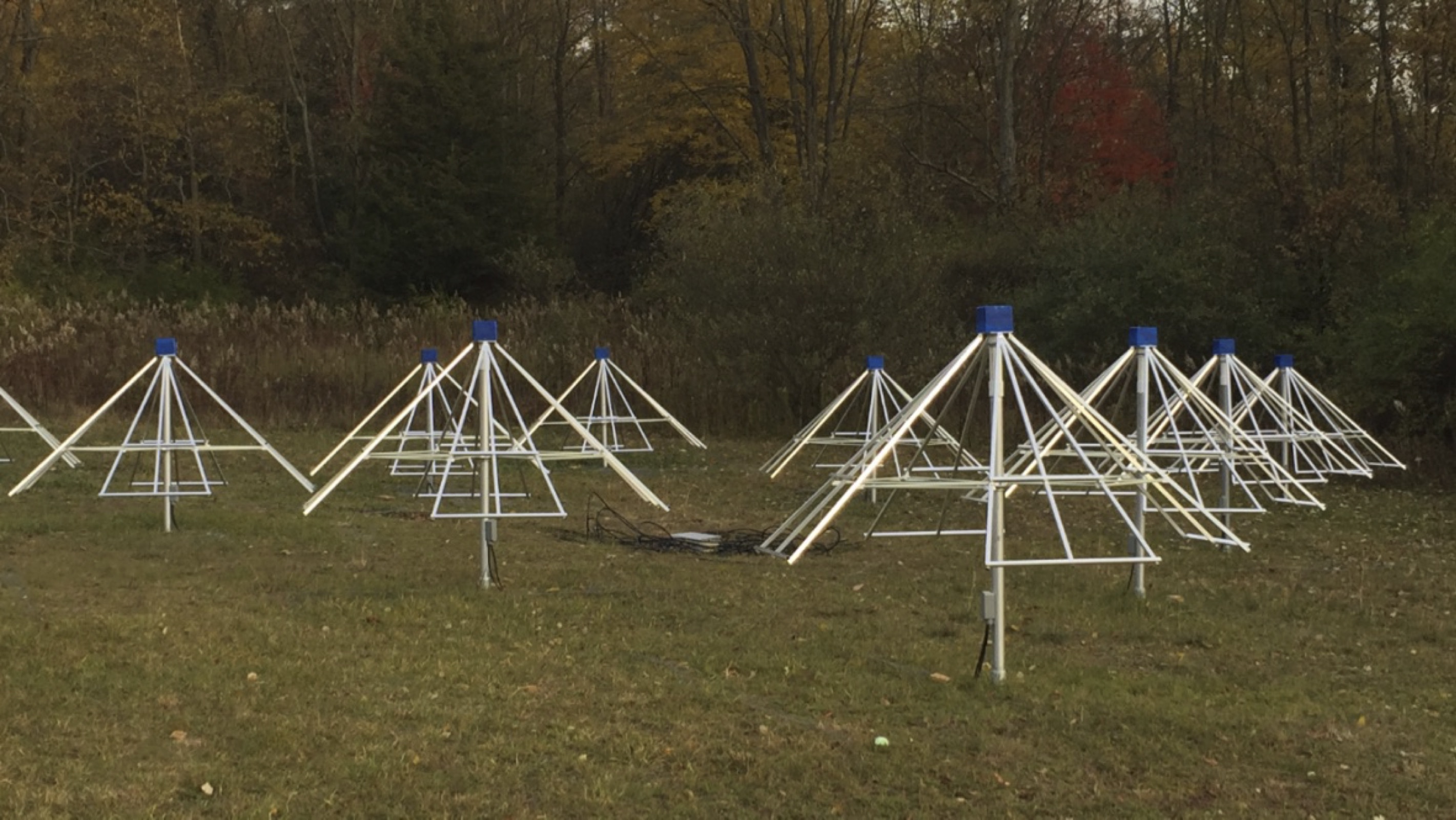#1: Gravitational Wave Astrophysics
ripples in the fabric of spacetime
First, I work with the North American Nanohertz Observatory for Gravitational Waves (NANOGrav), an NSF Physics Frontiers Center dedicated to detecting gravitational waves (GWs) from merging supermassive black hole binaries. We observe many radio pulsars with Arecibo Obervatory and the Green Bank Telescope. These millisecond pulsars comprise a galaxy-sized GW telescope. We are part of the International Pulsar Timing Array (IPTA). Currently, I chair NANOGrav's Education and Public Outreach Working Group. (Image credits: Arecibo Observatory, Green Bank Observatory)
Within NANOGrav's Noise Budget workiing group, I work on a signal processing technique called cyclic spectroscopy (https://arxiv.org/abs/2008.10562), which can be used to measure and mitigate the effects of the ionized interstellar medium on radio pulse propagation.
As a postdoc, I directed a nine-telescope, 24-hour continuous observation of the millisecond pulsar J1713+0747. The data release paper is here. Several spinoff projects resulted, such as a gravitational wave limit and single pulse studies. The data are still available to work on for anyone interested - please contact me if you are! All it takes is an associate membership in NANOGrav or in another IPTA collaboration.


